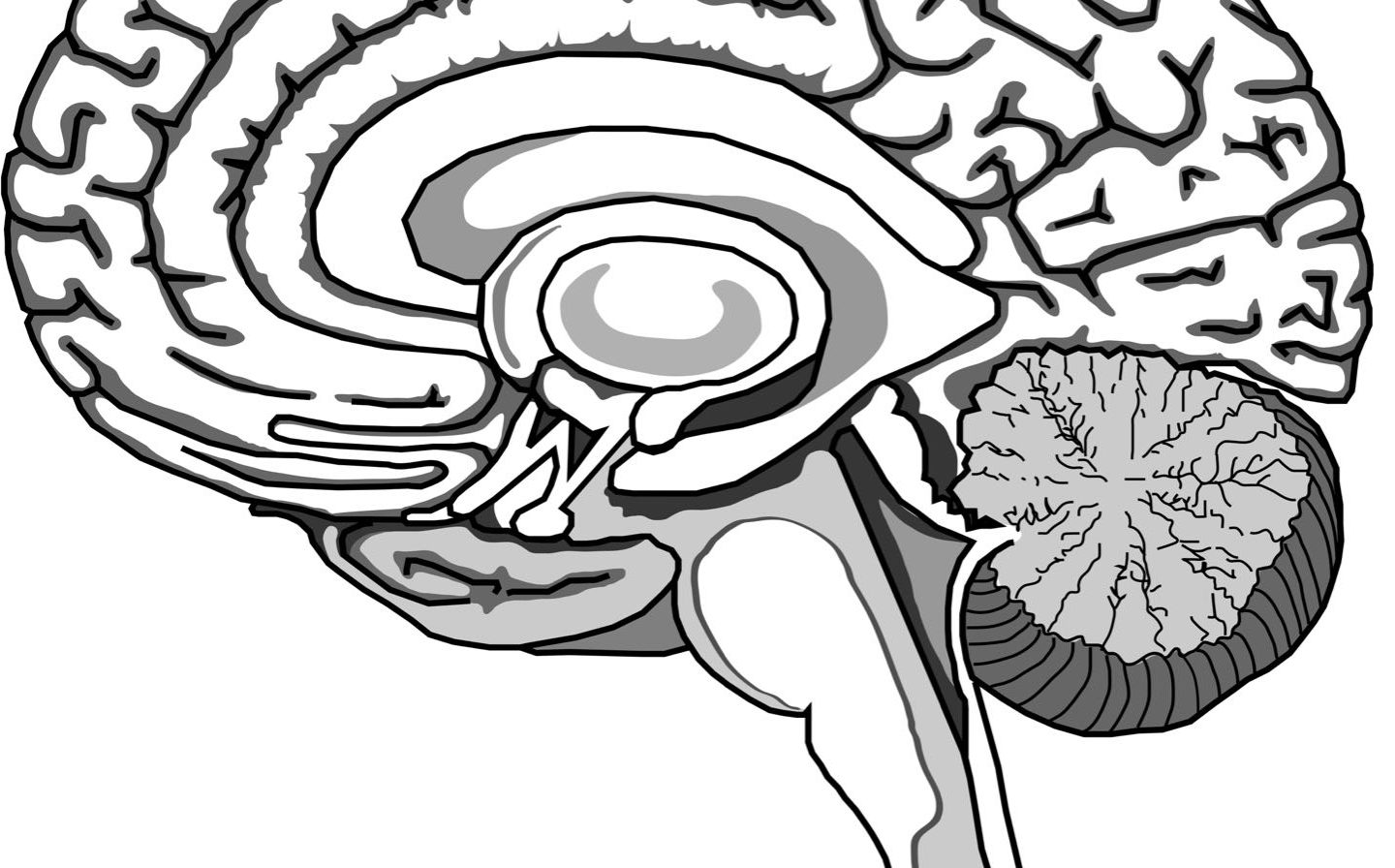Vincente Raja & Michael Anderson’s “Behavior Considered as an Enabling Constraint”
The Brains blog is excited about the next Neural Mechanisms webinar this Friday. It is free. You can find information about how and when to join the webinar below or at the Neural Mechanisms website—where you can also join their mailing list to be notified of their webinars, webconferences, and …





